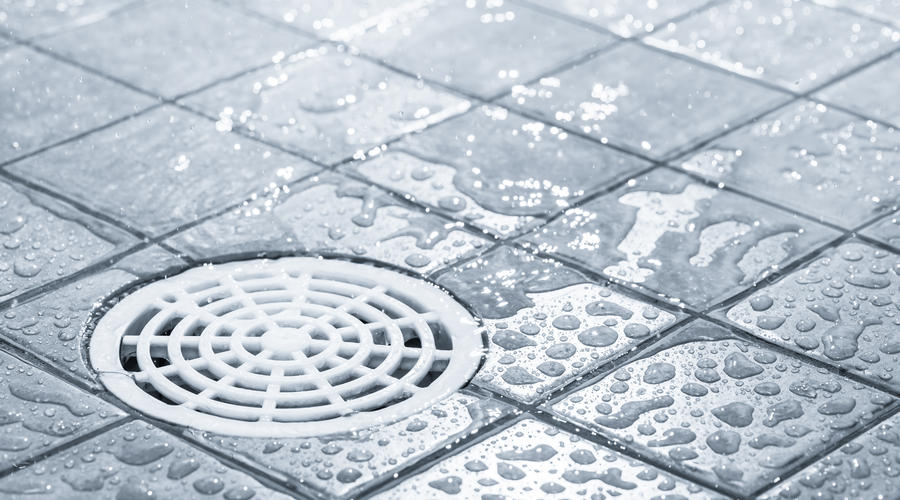
When it comes to deciding what is the correct method of application it is quite difficult to follow the guidelines because there is so many
When are floor wastes required?
Floor wastes are only required by the Deemed-to-Satisfy Provisions of the NCC in the prescribed situation:
In the above situations, the floor is required by the NCC to be graded to the floor waste to prevent water overflow from penetrating to other occupancies or public spaces in the same building. This is often picked up when conduction a practical completion inspection in Perth.
A floor waste will also form part of a floor waste gully in circumstances where that gully may be required by the PCA Deemed-to-Satisfy Provisions (AS 3500.2 through Volume Three Part C2). As the purpose of providing a floor waste gully in these circumstances is to ensure the proper functioning of the sanitary drainage system rather than preventing overflow from penetrating other occupancies or spaces, the floor is not required by the NCC to be graded to these floor wastes.
Floor wastes not required by the NCC
Floor wastes may also be installed even though they are not required by the NCC, for example, outside the shower area in a residential bathroom. As there is no requirement in the NCC to control overflows in these circumstances, it follows that there is also no requirement in the NCC to drain the floor to these floor wastes.
Of course, even though the NCC may not require floors to be graded to some floor wastes, there is nothing that prevents this being done if desired, but in those circumstances it should be understood it is not a regulated requirement under the NCC.
Image by Jari Hindstrom










